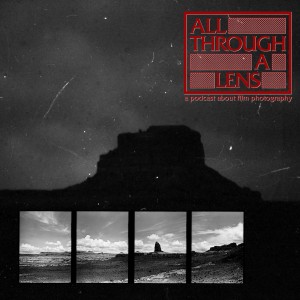
This is an episode full of questions! We’ve got answers! Have you ever wondered how labs develop black & white film? Do your photos tell a story? We’ve also got an interview with David Chao, a zine review and some news!
Answering Machine
Do you feel that your photos or a selection of your photos tell a larger story?
It was an odd question this week. Did it break Eric? It probably did. But we had an array of answers and some fun discussion.
Hello, David
Our interview this episode is with David Chao. David grew up between San Francisco and Osaka, Japan. The way he captures the story of a people and their culture is something a bit different than we’ve seen before. While his individual photos may be striking, his series and collections are what create his powerful narrative.
@davidchao.film on IG
davidchaophotography.com
Here are a few of his photos:
How Do Labs Process Black & White Film?
But when a photographer drops their film off at a lab, all of those choices are left to the lab. Now, granted, these folks are professionals, often with decades of experience. They’ve honed their craft from an art to a science and back again.
Still, we’ve always wondered what happens when you drop black & white film off at a lab. We’ve both done it before, and both had no idea what goes on behind the scenes. We just dropped off the rolls and picked them up a few days later. They looked great and we didn’t really question why.
But now we are. Why? Why do they look so good? It’s a question that’s always been in my head. So we reached out to about a dozen labs – and a HUGE thanks to the five that responded.
We asked them two questions. First:
Do you have a specific developer that you use or each common emulsion?
And second:
What is the practice for when a customer brings you a roll of some mysterious black & white emulsion? For example, some oddball low ISO Soviet film.
We talked with five different labs:
Panda Lab – @pandalabseattle
Cafe Obscura – @cafeobscurasudbury
Roberts Camera – @robertscamera
IconLA – @iconla
Blue Moon Camera – @bluemooncamera
Each answered these two questions in some really interesting and unique ways.
Zine Review
This is a halfsize, landscape zine, 32 pages, color and b&w. As the name highly suggests, this was taken on a roadtrip from New York to Charleston, South Carolina, though he dips down into Savannah.
The photos are mostly empty, which is right in my wheelhouse. This is what I like to shoot, and this is what I like to see. The B&W shots, mostly on HP5, live up to all the praise of that emulsion. Even the Fomapan looks wonderful (something I really can’t make happen).
Daniel recently reprinted this issue, and it’s available on his website – danielnovakphoto.com for $8.
The Slow Meow Zine
Our first rebranded film was dubbed the Slow Meow (it was Tasma Mikrat 200). It was neat to see how many of you used the hashtag and shared their results on IG.
So we’ve been talking about this. While this is *our* podcast, we really like to open it up to the community. And because of that, we’d like to make a community zine. And since so many of you shot with the Slow Meow, we’d like to make a zine of a selection of those photos.
So if you got the film, we’d like you to submit six of your favorite Slow Meow photos
We’re going to compile a zine together with everyone who has shot with it. Everyone who appears in the zine will receive a free copy (you can always buy more copies). The rest will be sold and traded like any other zine.
Criteria:
Size of image: at least 3600 x 2400(ish) at 300dpi
Cut off date: July 30
Submit via Email only: allthroughalens.podcast@gmail.com
Info needed: Name; IG/Twitter handle; Camera used; Mailing address
—
Be sure to check out our Dev Party episodes. They’re about to get even more pee-inducing!
Music by Last Regiment of Syncopated Drummers
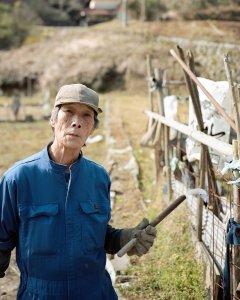
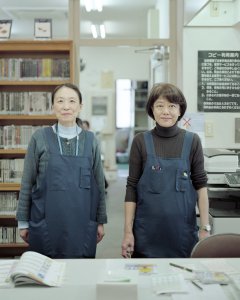
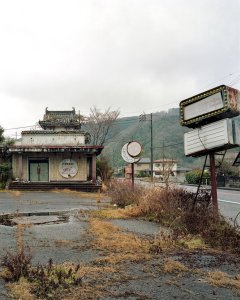
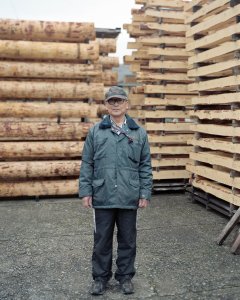
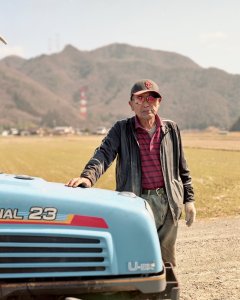

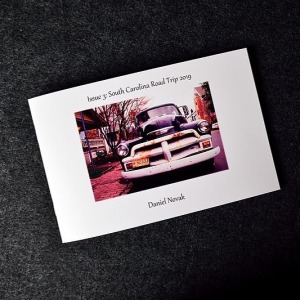
No comments yet. Be the first to say something!